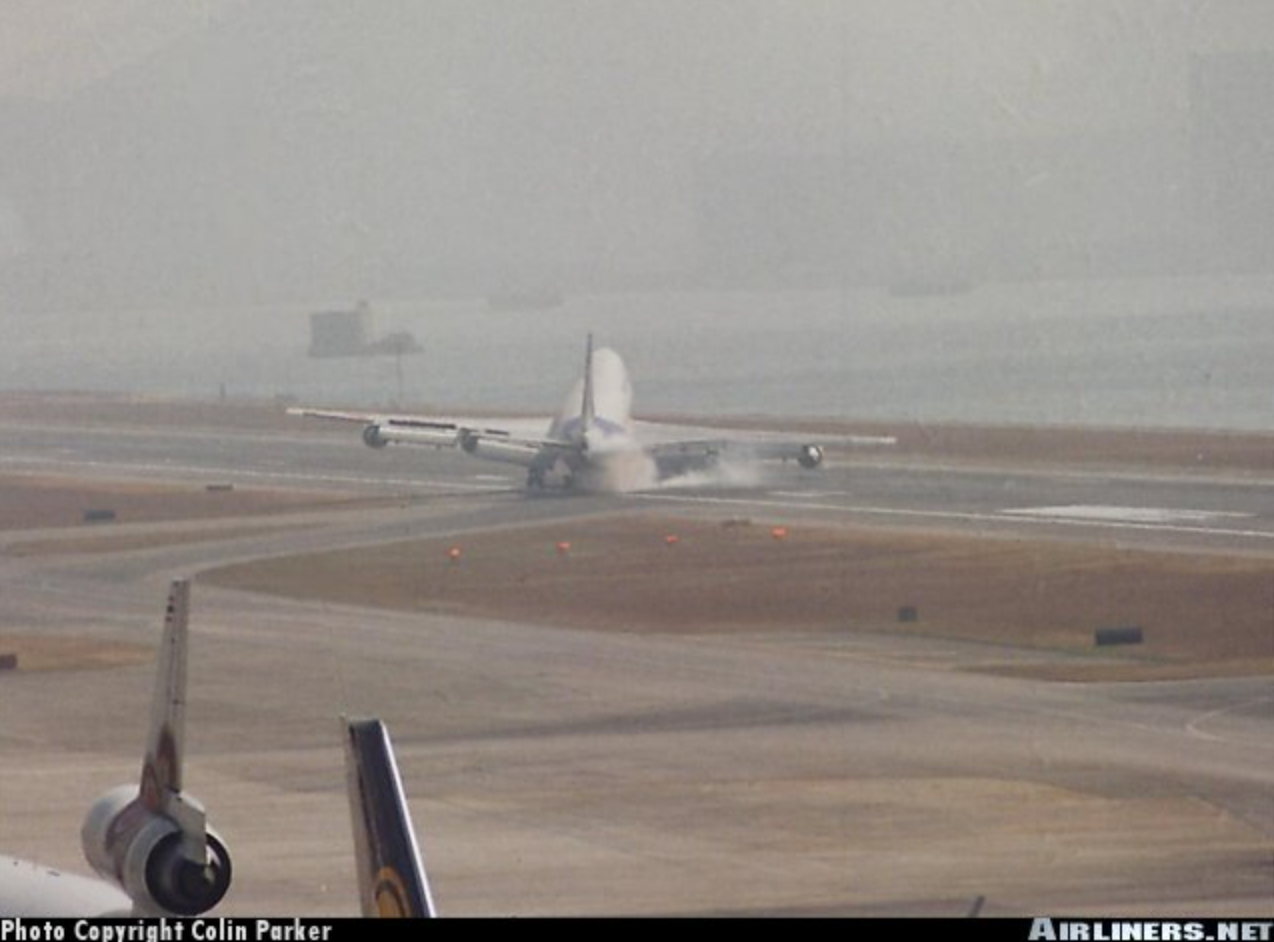X-Side Loading

X-Side Loading in aviation refers to the forces applied to an aircraft's landing gear and tires when the aircraft is not aligned with the runway during landing. This can happen in crosswind conditions, if the runway is not aligned with the aircraft's wings, or due to pilot errors. Sideloading can cause damage to tires and landing gear, and in extreme cases, can lead to the aircraft tipping over.
Historical Context and Evolution
Early Aviation
Early aircraft were more prone to sideloading due to their simpler design and lack of advanced control systems.
World War II
The importance of crosswind landing techniques, including the sideslip, was highlighted during World War II, as pilots needed to land in various weather conditions and on makeshift runways.
Post-War Developments
Improvements in aircraft design, including more robust landing gear and more sophisticated control systems, helped mitigate the risks associated with sideloading.
Modern Aviation
Modern aircraft, especially large commercial jets, are designed with advanced landing gear and tires to withstand the forces of sideloading. Pilots are trained in crosswind landing techniques and procedures to minimize the risk.
Causes of Sideloading
Crosswind Conditions
Strong crosswinds can push the aircraft off the runway centerline, causing the landing gear to experience sideways forces.
Pilot Error
Undershooting or overshooting the runway during the approach, or overcorrecting for crosswind drift, can lead to sideloading.
Runway Misalignment
If the runway is not perfectly aligned with the aircraft's wings, the landing gear may experience sideways forces even in the absence of strong crosswinds.
Consequences of Sideloading
Tire Damage
Sideloading can cause tire wear, deformation, and even tire failure.
Landing Gear Damage
Prolonged or severe sideloading can damage the landing gear components, including struts, shock absorbers, and wheels.
Aircraft Control Issues
If the tires or landing gear are damaged, it can make it difficult to control the aircraft during the rollout.
Potential for Accidents
In extreme cases, sideloading can lead to the aircraft tipping over or experiencing a loss of control, potentially resulting in an accident.
Mitigation of Sideloading
Crosswind Landing Techniques
Pilots use techniques like crabbing and sideslipping to align the aircraft with the runway during the approach.
Proper Control Inputs
Pilots need to use the ailerons and rudder correctly to compensate for crosswinds and maintain alignment with the runway.
Aircraft Design
Modern aircraft are designed with robust landing gear and tires to withstand the forces of sideloading.
Pilot Training
Pilots are trained in crosswind landing procedures and techniques to minimize the risk of sideloading.
